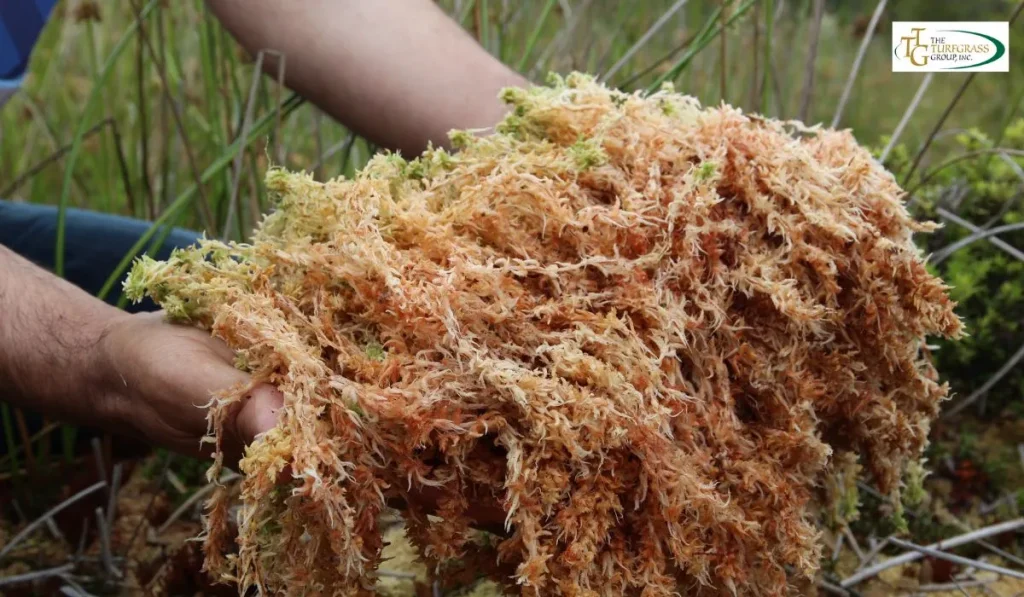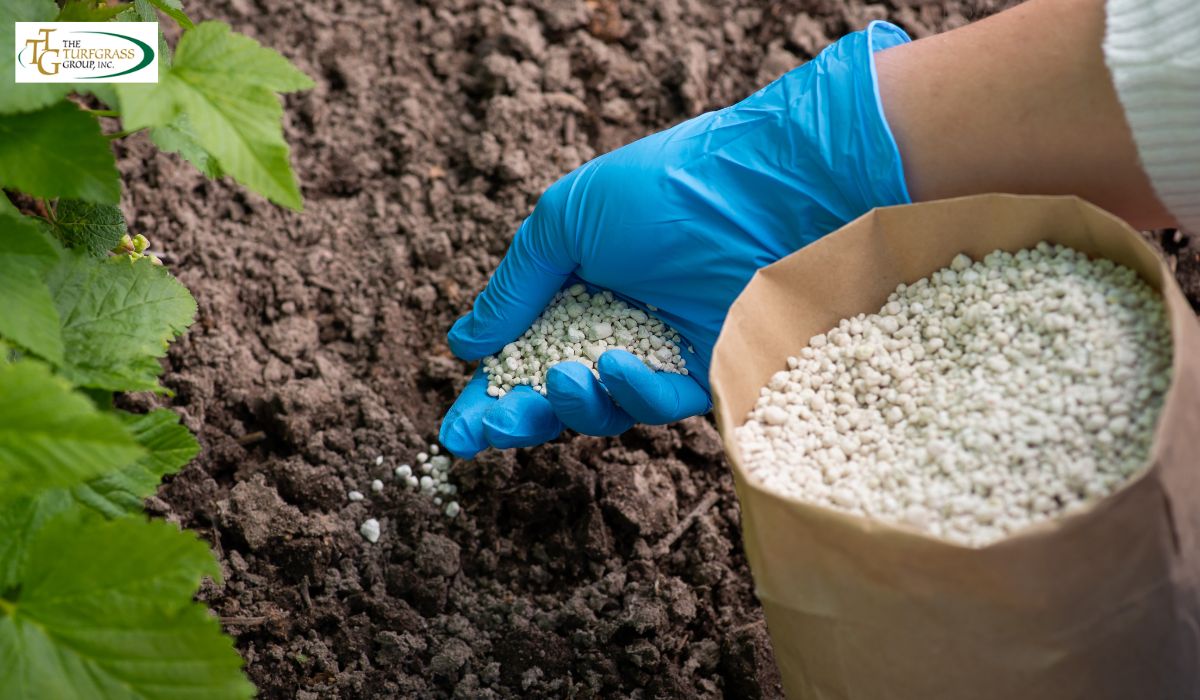
Moss growing in your lawn can be a frustrating problem, one that many homeowners face. Moss thrives in damp, shady, and compacted soil conditions, often making lawns look unattractive.
While moss itself isn’t harmful, it can indicate underlying problems in your lawn’s environment, such as poor soil health, lack of sunlight, or improper drainage.
Learning how to get rid of moss in your lawn is crucial to maintaining a lush, green yard.
Getting rid of moss in your lawn can involve simple steps, such as adjusting lawn care routines, or more extensive methods like improving soil quality and drainage.
The key is identifying the cause of moss growth and applying the right treatment.
Some homeowners may find it manageable to tackle the issue themselves, while others might need to hire experts to resolve persistent moss problems.
In this guide, we’ll cover everything you need to know about moss in your lawn, how to remove it, and when it might be necessary to hire professionals for help.
What Causes Moss in Your Lawn?
Before jumping into solutions for how to get rid of moss in your lawn, it’s important to understand why moss is growing in the first place.
Moss typically appears in lawns due to one or more of the following factors:
- Poor Drainage: Moss thrives in wet, soggy areas. If your lawn has poor drainage, it could be creating an ideal environment for moss to grow.
- Shady Areas: Moss does well in shaded areas where grass struggles to grow. Lack of sunlight can reduce grass health, making room for moss to take over.
- Compacted Soil: When soil is compacted, grass roots struggle to get the oxygen they need. This weakens grass growth and allows moss to spread.
- Low Soil pH Levels: Moss prefers acidic soil with a low pH, while most grasses thrive in neutral or slightly alkaline soils.
- Nutrient Deficiencies: If your lawn is lacking essential nutrients like nitrogen, potassium, and phosphorus, grass may not grow properly, leaving room for moss to flourish.
- Overwatering: Overwatering your lawn can lead to excessive moisture, which encourages moss growth.
- Thinning Grass: If your grass is thin or patchy, it provides an open space for moss to grow.
By addressing these underlying causes, you’ll not only stop moss from growing but also improve the overall health of your lawn.
Step-by-Step Guide on How to Get Rid of Moss in Your Lawn
Now that you know why moss is growing in your lawn, it’s time to learn how to get rid of moss in your lawn effectively. Here’s a step-by-step guide to help you tackle this common lawn problem.
Improve Lawn Drainage
If moss is thriving due to poor drainage, improving the drainage in your lawn is essential.
Poor drainage may occur because of compacted soil or because your lawn slopes in a way that traps water.
Here are some strategies to improve lawn drainage:
- Aeration: Lawn aeration involves creating small holes in the soil to allow water, nutrients, and air to reach the grass roots more effectively. This can alleviate compaction and improve drainage, which discourages moss growth.
- Leveling the Lawn: If your lawn has low spots that collect water, leveling these areas can help prevent standing water and reduce the chance of moss forming.
- Installing Drains: In extreme cases, installing a French drain or other drainage system might be necessary to properly divert water away from soggy areas.
Reduce Shade
Moss loves shady areas where grass struggles to grow. To reduce the amount of moss in shady areas, consider the following:
- Trim Trees and Shrubs: Prune back trees and shrubs that cast too much shade on your lawn. This will allow more sunlight to reach the grass, helping it grow more vigorously.
- Plant Shade-Tolerant Grass: If you have areas that remain shaded throughout the day, consider planting grass varieties that are more tolerant of shade, such as fine fescue or certain types of ryegrass.
- Remove Excess Vegetation: Clear out any dense vegetation or clutter that could be contributing to excess shade.
Adjust Your Soil’s pH Level
Moss tends to grow in acidic soil, so adjusting the pH level can discourage moss growth and promote healthier grass. Here’s how to adjust your soil’s pH:
- Test Your Soil: Start by testing your soil’s pH using a soil testing kit, which you can find at garden centers or online.
- Apply Lime: If the soil test shows that your soil is too acidic (pH below 6.0), you can apply lime to raise the pH level. Be sure to follow the instructions on the lime product for the proper application rate.
- Monitor Results: After applying lime, continue to monitor your soil’s pH over time to ensure it reaches a neutral or slightly alkaline level (between 6.0 and 7.0), which is ideal for most grasses.
Fertilize Your Lawn Properly

Grass needs essential nutrients to grow thick and strong, but moss can take over if your lawn is lacking nutrients. Regular fertilization is crucial for healthy grass growth.
- Apply a Nitrogen-Rich Fertilizer: Use a fertilizer that contains a good amount of nitrogen, as nitrogen promotes lush, green growth.
Look for lawn-specific fertilizers that also contain phosphorus and potassium for balanced growth.
- Use Slow-Release Fertilizers: Slow-release fertilizers gradually provide nutrients to your lawn over time, which helps prevent nutrient deficiencies that could encourage moss growth.
Remove Moss Manually
One of the most direct ways to get rid of moss in your lawn is to remove it manually. Here are two common methods:
- Raking: Use a dethatching rake or a moss removal rake to pull up and remove moss from your lawn. Be sure to rake gently to avoid damaging the grass.
- Moss Control Products: There are various moss control products available, such as moss killers that contain ferrous sulfate or iron sulfate.
These products can be applied directly to the moss to kill it. Follow the manufacturer’s instructions for proper application.
Reseed Bare Patches
Once you’ve removed the moss, it’s important to reseed any bare patches in your lawn to prevent moss from returning.
- Choose a High-Quality Grass Seed: Select a grass seed variety that is well-suited to your lawn’s conditions, whether it’s shade-tolerant grass for shady areas or drought-resistant varieties for dry patches.
- Prepare the Soil: Loosen the top layer of soil before reseeding to ensure the grass seed makes good contact with the soil.
- Water Regularly: Keep the reseeded areas moist until the new grass is established, but avoid overwatering as this can encourage moss to return.
Adjust Your Watering Schedule
Overwatering can contribute to moss growth, so it’s important to adjust your watering schedule to provide just the right amount of moisture for your lawn.
- Water Less Frequently: Instead of watering your lawn every day, aim to water deeply but less often. This encourages grass roots to grow deeper and makes the lawn more drought-resistant.
- Water in the Morning: Watering in the early morning allows the grass to absorb moisture before the heat of the day, while reducing the chances of excess moisture lingering on the surface, which can encourage moss growth.
Aerate and Top-Dress Your Lawn
If your lawn’s soil is compacted, aerating and top-dressing can help improve its overall health and prevent moss from returning.
- Aerate the Lawn: Aerating the lawn, as mentioned earlier, helps improve drainage and allows air, water, and nutrients to reach the grass roots.
- Top-Dress with Compost: After aerating, apply a thin layer of compost over the lawn to help improve soil structure and add nutrients to the grass.
When to Hire Experts to Get Rid of Moss in Your Lawn
While many homeowners can effectively manage moss problems on their own, there are times when hiring an expert may be the best option.
Here are some situations when you should consider hiring a lawn care professional to get rid of moss in your lawn:
- Severe Moss Infestation: If the moss problem in your lawn is extensive and has taken over large areas, it may be beyond what you can handle on your own. A professional can assess the situation and recommend the best course of action, including advanced treatments.
- Persistent Moss Growth: If you’ve tried multiple methods to get rid of moss but it keeps returning, it may indicate an underlying issue that requires a professional’s expertise. Lawn care experts can perform soil tests, identify drainage problems, and offer more comprehensive solutions.
- Soil Testing and Treatment: If you’re unsure about how to adjust your soil’s pH or how to properly fertilize your lawn, a professional can perform detailed soil testing and apply the right treatments to improve lawn health.
- Lawn Renovation: If your lawn is in poor condition overall, you may need more than just moss removal. A professional lawn care company can help with complete lawn renovation, including aeration, overseeding, and top-dressing.
Benefits of Hiring Experts for Moss Removal
Hiring a professional lawn care service to address moss problems comes with several benefits:
- Expertise: Professionals have the experience and knowledge to quickly identify the causes of moss growth and recommend the best solutions.
- Proper Equipment: Lawn care companies have specialized equipment for aerating, dethatching, and treating large areas of moss, making the process faster and more effective.
- Long-Term Solutions: Rather than just treating the symptoms, experts can provide long-term solutions to improve the overall health of your lawn and prevent moss from coming back.
- Saves Time and Effort: Removing moss and restoring lawn health can be
FAQs
What is the best time of year to remove moss from a lawn?
The best time to remove moss from your lawn is during the early spring or fall.
These seasons offer ideal growing conditions for grass, making it easier to reseed and improve lawn health after removing the moss.
During these times, the temperature and moisture levels are optimal for grass to thrive, helping your lawn recover quickly.
Will moss grow back after I remove it?
Moss can grow back if the underlying conditions that caused it are not addressed.
To prevent moss from returning, it’s important to fix issues such as poor drainage, compacted soil, and low sunlight exposure.
Regularly aerating the soil, improving drainage, and maintaining the right soil pH will help keep moss from growing again.
Is moss bad for my lawn?
Moss itself is not harmful to your lawn, but it can indicate that your grass is struggling to grow due to unfavorable conditions. Moss often thrives in areas with poor drainage, compacted soil, or low sunlight. While moss won’t kill your grass, it competes for space and can lead to an unattractive, patchy lawn. Make your yard more attractive by addressing moss growth effectively. Addressing the causes of moss growth will improve the overall health of your lawn.